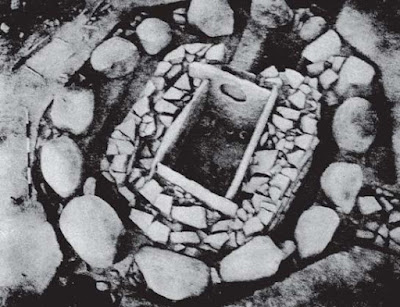What was the Nagara style of temple architecture ?

Source: https://www.india.com/travel/articles/5-magnificent-temples-that-will-draw-you-to-odisha-this-january-3241071/ The Nagara Style temple architecture in India The Nagara style is mainly associated with the land between the Himalayas and Vindhyas. According to Peter Hardy, ''Nagara and Dravida (another style of architecture in South In dia) should be understood as architectural languages, in the sense that they provide a vocabulary, a range of elements, and a family of forms which can be put together in different ways." The basic plan of Nagara temple is square, with a number of graduated projections ( rathakas ) in the middle of each face which gives it a cruciform shape in the exterior. A temple tower or a conical or convex shikhara marks the elevation of th...



